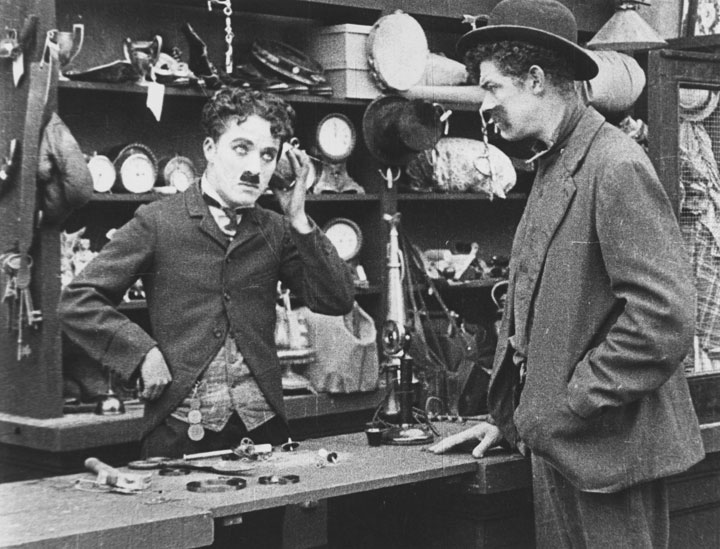Why Customer Acquisition Stinks
It’s fascinating how we consider New Product Development /Research to be investments (by implication, a return can be had on these) on one hand, but we allocate marketing and customer acquisition as an expense. In plain English that translates to: We’re ok with considering what we design, build and sell, an asset that will yield returns. But not the effort it takes to serve prospects and customers that may be interested in what we purvey. Baffling, no?
Marketing has this almost comical, inverted model of inputs and outputs that defies Economics 101. A business typically buys inputs at wholesale and sells products at higher margin retail thereby seeking to make a profit. In contrast, marketing uses big picture estimates such as ‘customer lifetime value’ to estimate how much you can make from the average customer (output). But excluding branding, cost inputs to acquire prospects and sell more to customers are at hefty, mind boggling, retail costs – point advertising spots to sell a product, product launch emails, webinars, promotions, and recently, SEO/SEM campaigns. Hell, we financed Google’s insane success thanks to this model, if you think about it!
Moving from Transactive vs Relationship Elasticity

I see customer acquisition model as a mindset of ‘transactive’ elasticity. In other words your spend goes only as far as supporting each transaction. So, your spending over and over again to sell new products to the same target customer. And that tactical design can’t be treated as anything but an expense. Conversely, investments are nurtured over time, are less susceptible to cuts in a down market, and yield results at intervals or in perpetuity.
Contrast this with a model where you invest in relationships with your customers by engaging authentically with them in communities. These communities give the money you allocate to customer acquisition far more elasticity by spreading the wealth across the life of the relationship with relatively smaller spikes in expense that correlate with new product awareness. They center on investing in fostering and facilitating a dialogue with your customers, your partners and your prospects. Dialogues that far outlast single transactions. And via a platform to engage with them between transactions. Sounds like an investment and not an expense to me now.
This is articulated really well in, “CRM at the Speed of Light”, a must read by the terrific Paul Greenberg:
“Transaction is not the paramount artifact of the interaction. Instead a transaction becomes the side effect of rich relationships that are built on conversation. This notion is fundamental, and is a radical switch in priorities for the interaction between customer and vendor”
Edge Relationships Don’t Scale
Creating true relationship networks, whether on third party participatory networks (such as Facebook or Twitter) or on your own branded communities require a clearly defined approach, mindset and interaction design.
Umair Haque, Director of Havas Media Labs and blogger at Harvard Business Review wrote a superb post “The Efficient Community Hypothesis” (that I recommend you read in full):
“People, truth, identity, reputation, values are the five elements of an efficient community”
I agree with that and they apply to communities that foster these relationships.
That said, community building often gets limited to efforts managed by the “social media expert” or the community manager. Its no doubt a first, extremely important step and herculean at that, (just ask Rachel Happe) but edge efforts don’t scale easily. And if the effort is superficial, they quickly start reeking of old school spam marketing (just see many of the groups on LinkedIn, for example, that sport the same old marketing pitches).
To be truly valuable, customers want to bypass marketers and get to those that have the highest quality information. The best information, void of spin or marketing speak, are in the  minds of your other customers, your channel partners who may interact with customers more than you do, and your suppliers who know more about individual components that make up your product.
minds of your other customers, your channel partners who may interact with customers more than you do, and your suppliers who know more about individual components that make up your product.
To enable such a design you need a collaborative design and enabling technology infrastructure that allows for the right minds to wrap around the customers needs. Marketing needs to broker and facilitate that, and then get out of the way. That’s the new customer acquisition design for the 21st century enterprise.
For a more in-depth overview of how to respond to this new customer dynamic and to move from a transactive model to a relationship model, take a look at a recent piece I published with Oliver Marks and TechWeb (email required).
Getting There
I’m not suggesting we stop advertising products when they launch. But do we have to buy marketing, over and over again at retail prices to sell that same customer time and again? Instead, why not invest (not expense) in more elastic relationships that defrays a good chunk of that retail cost?
Customer Acquisition seriously needs a new name to affect any institutional change in how organizations consider the actions and investment behind customer engagement. Customers never gave us permission to acquire them and it’s a bloody expensive to acquire them at retail, anyway. Tomorrows winning CMOs and Marketing leaders will be making a case for this to their CFOs and CEOs, today. I’ve been fortunate to work with some of these forward thinking folks. It’s not about big bang, it’s about etching away at it piece by piece and having it emerge, organically.
[…] view of the new social, vocal customer who will reject traditional CRM enabled customer acquisition tactics, and fly right […]
[…] question of ‘if’ but ‘how’ and’ when’. We’ve seen good cases in the area of customer, prospect and employee engagement. We’re now seeing new cases emerge in our work on partner and supply […]